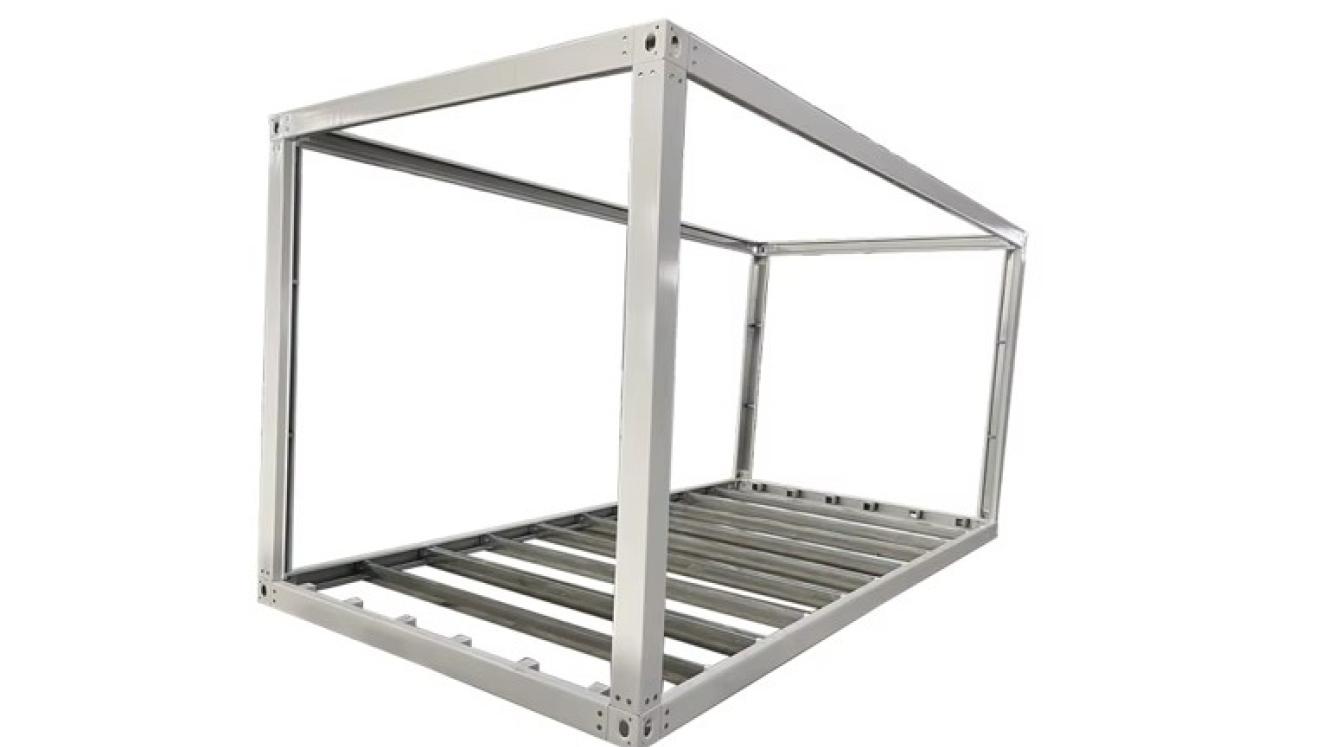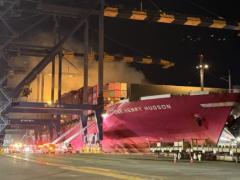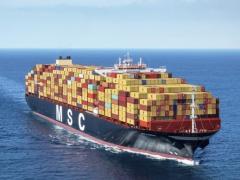It’s not often that an abnormal load involves a blessing ceremony ahead of a five-kilometre journey, but Tuesday was a different story altogether when Sweden commenced with the relocation of one its most prized possessions – a 113-year-old church.
The Kiruna kyrka is widely regarded by the country’s citizens as its most beautiful building pre-dating 1950, but subsidence from nearby mining activity means the entire town, not just the church, must be moved to a new town centre.
It took at least eight years of project logistics planning to cover all elements of the exercise down to the finest detail before Tuesday’s big moment, when Protestant vicar Lena Tjärnberg officiated the divine part of proceedings.
Dutch heavy lifter Mammoet made careful preparations by reinforcing the church’s 672-tonne structure to withstand movement stresses.
Large steel beams were inserted beneath the building, and hydraulic jacks were used to slowly and evenly lift the entire structure off its foundations.
After elevation, the church was placed on a series of remote-controlled modular flatbed trailers designed for heavy and oversized loads – trailers that are equipped with precision steering capabilities essential for remote-control navigation.
Mammoet’s expertise on its own wasn’t enough though, as the streets of the relocation route had to be adapted and widened for the journey.
The movement commenced at a slow pace, approximately three metres an hour, to ensure structural integrity and the constant monitoring of vibrations and stresses along the way.
King Carl XVI Gustaf was there to add royal weight to the on-site oversight required for the abnormal road freight load, watched on by most of Kiruna’s residents and about 10 000 TV spectators.
If all goes according to plan, the painstakingly slow lowering of the church into its new location will commence as soon as the journey ends on Friday, August 22.
However, the return of full services to the Lutheran church are only planned for the end of 2026.
The project logistics exercise cost about SEK500 million (R930m), but once the relocation of the entire town has been completed by 2035, it’s expected to cost about SEK10 billion (R18.5bn).
Robert Ylitalo, CEO of Kiruna Växer, the development company responsible for overseeing the transformation and relocation of Kiruna, has said that moving the town, which is 145 kilometres north of the Arctic Circle, is unavoidable as cracks in the terrain can damage the subsurface infrastructure of Kiruna.
The mine itself has been in operation since the turn of the previous century, predating the church and producing the European Union’s largest output of iron ore.
Run by sate-owned company Luossavaara-Kiirunavaara AB, the board of LKAB said it was a foregone conclusion that the project would go to Mammoet because of its expertise in hydraulic jacking and remote-controlled modular trailer transporters and self-propelled modular transporters – SPMTs.
In May, Mammoet was involved in a similar SPMT exercise when it had to move a beach pavilion on the island of Texel in the Dutch province of North Holland.
Although the venue, Paal 17 Aan Zee, only needed to move 23 metres closer to the surf, the wooden structure had to be moved with preparation and precise execution, considering the fragility of the structure and ecological sensitivity of the environment.














